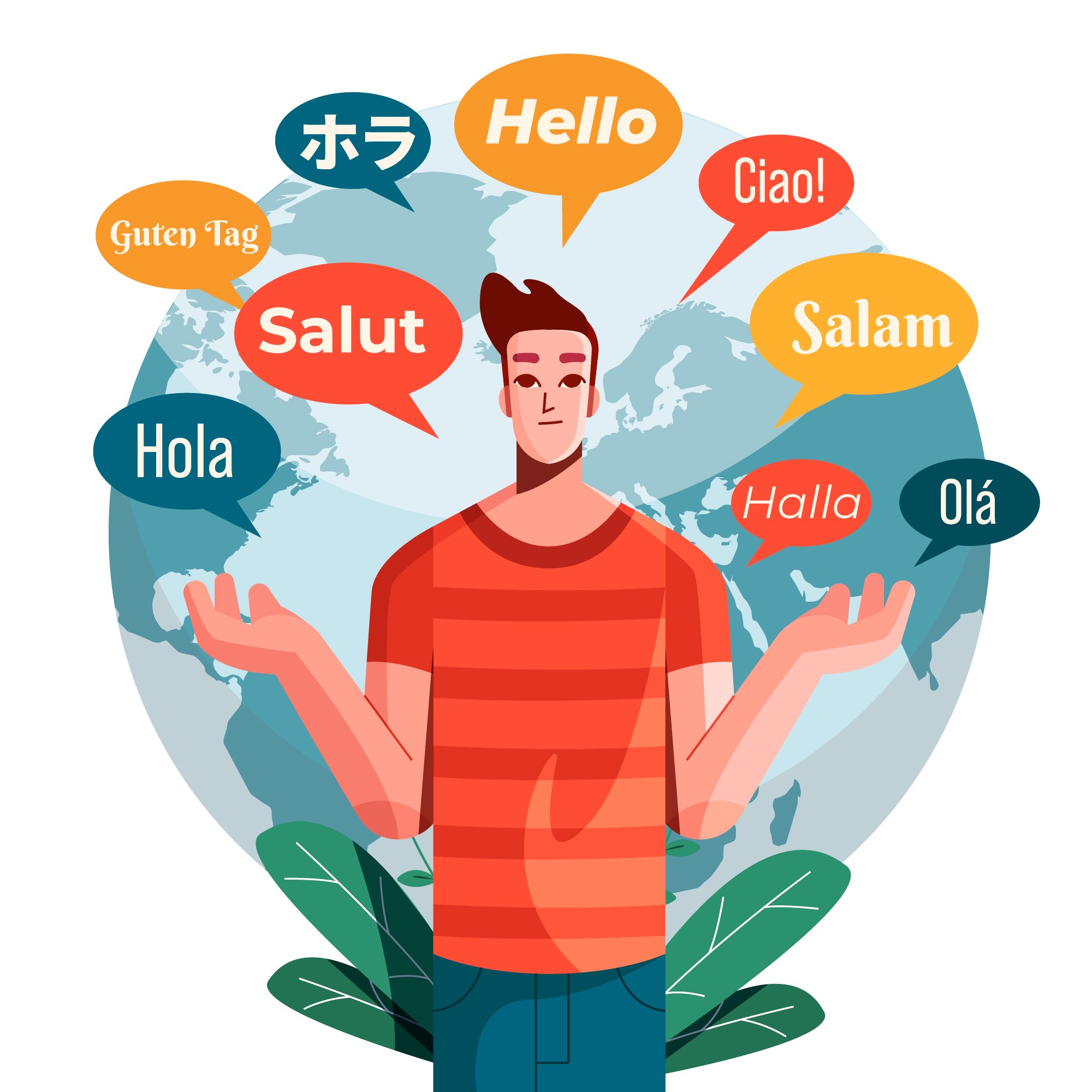One Language or Two or More?
By Mark W.F. Condon, Unite for Literacy vice president
In some schools, where there is only one accepted language on campus, children are shamed or even punished for speaking their home languages in public.
English is truly a global “lingua franca,” the language most widely spoken throughout the world. It is the major language of business, education, services, technology, diplomacy, entertainment, radio, seafaring, and aviation. Some school authorities believe that learning English can be hindered by the knowledge and use of immigrant, ethnic, or tribal languages. Thus, often use of a language little children have ever heard since birth—their home language— has been discouraged to make room for learning English.
Americans can see this same cultural and linguistic atrocity in the history of our treatment of Native Americans and their languages over the last 200 years. The U.S. government not only discouraged the speaking of Navajo, for example, but forced Navajo-speaking children to learn and speak only English.
The deep flaw of these policies is that they dismiss and disrespect the fact that every child’s home language is inseparable from their cultures and identities. One's home language cannot simply be replaced by the dominant culture’s language without sacrificing other cultures.
That said, more recently it has been determined that we humans can learn and enjoy communicating in several languages to the betterment of ourselves and others. It is now well-established that children who grow up speaking two languages easily demonstrate fluent speech in both of those languages as well as their single-language peers can speak just one.
Second language learning also positively impacts home language mastery. With each language being learned, children gain more insight into communication clarity and deeper understanding of culturally sensitive issues, by way of their multi-lingual encounters. Beyond schooling, these understandings and sensitivities operate well for those working in sales, business, and governmental negotiation or other critical, cross-cultural activities in this ever-more connected world.
With increasing opportunities for interaction with those from various language communities, children learn to productively adapt their language choices, and as circumstances change, to revise language use within their languages’ various dialects.
In supportive contexts where adults celebrate language diversity, as children navigate from one language to another, they develop the facility to be comfortable in encounters with those outside of their home communities. And they learn to assist those new to their home communities to feel comfortable.
